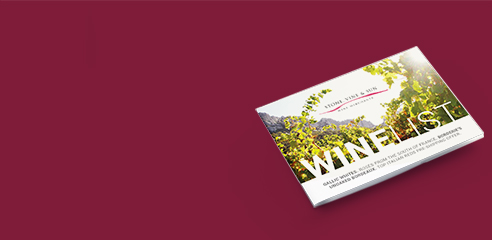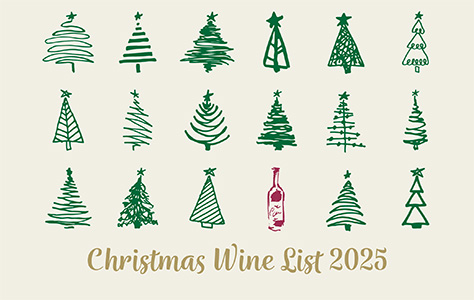Fearful Frost in France - price rise alert?
11th May 2017
As we have been speaking to our French growers over the last fortnight the real scale of the devastating frost(s) which struck almost all wine-producing regions of France on the nights of April 27th and 28th has begun to sink in. The geographical extent of the frost is appalling - from Champagne southwards, and also into Piedmont and northern Spain (English vineyards were also crucified). The frost was particularly damaging as budbreak was around two weeks earlier than usual across most of France - so all those burgeoning shoots were burnt off.
Worse hit are probably Champagne and Bordeaux. The former may be 20-25% down on a normal crop, but for the latter it was the worst frost damage since at least 1991. Even the left bank Medoc vineyards near the Atlantic were badly affected, but on the right bank some vineyards fear they may have lost 60-80% of their potential 2017 harvest. In St Emilion temperatures of -4° celsius were recorded and only the high plateau was spared. In Chablis the vineyards were again badly hit - as in 2016 - but further south the vignerons of Burgundy seemed to have taken extreme measures to ward off yet another year of low yields. Hugh Liddell, owner of vineyards in St Aubin and Chassagne-Montrachet reported that: "On our first day we woke to what we thought was very thick fog. It turned out to be smoke. Each vigneron from St Aubin to Dijon lit a damp hay bail which created a huge amount of smog. Not very eco friendly but it did the trick!!". (Apparently the supply of candles which are usually lit in the vineyards ran out!). Even in the southern Rhone and Languedoc there was significant frost damage. The Schenks at Grand Arc in the high Corbieres reported extensive blight. The difference is that they hope that, with their warmer climate in the south, the vines might recover, put out a second set of buds and still ripen a crop. This is near impossible in the north or Bordeaux.
What does this mean for wine drinkers? For certain large regions, notably Champagne and Bordeaux, it's probably not going to have too bad an effect on prices: the former usually enjoys high yields and blends wines from various vintages anyway. Bordeaux had good-sized harvests in 2014, 2015 and 2016 and there will be a lot of wine there to sell. However, we fear horrible pressure on those regions which already can sell their wine effortlessly. The bulk price of Chablis is already through the roof after a small crop in 2015 and a frost-affected 2016. In Burgundy, if we get a very dry and hot summer - accompanied by the hailstorms which seem to afflict the region every year now - yields may be tiny. It's a horrible prospect to think of buyers from all over the world fighting over Chardonnay and Pinot already experiencing a worrying imbalance of supply and demand.




